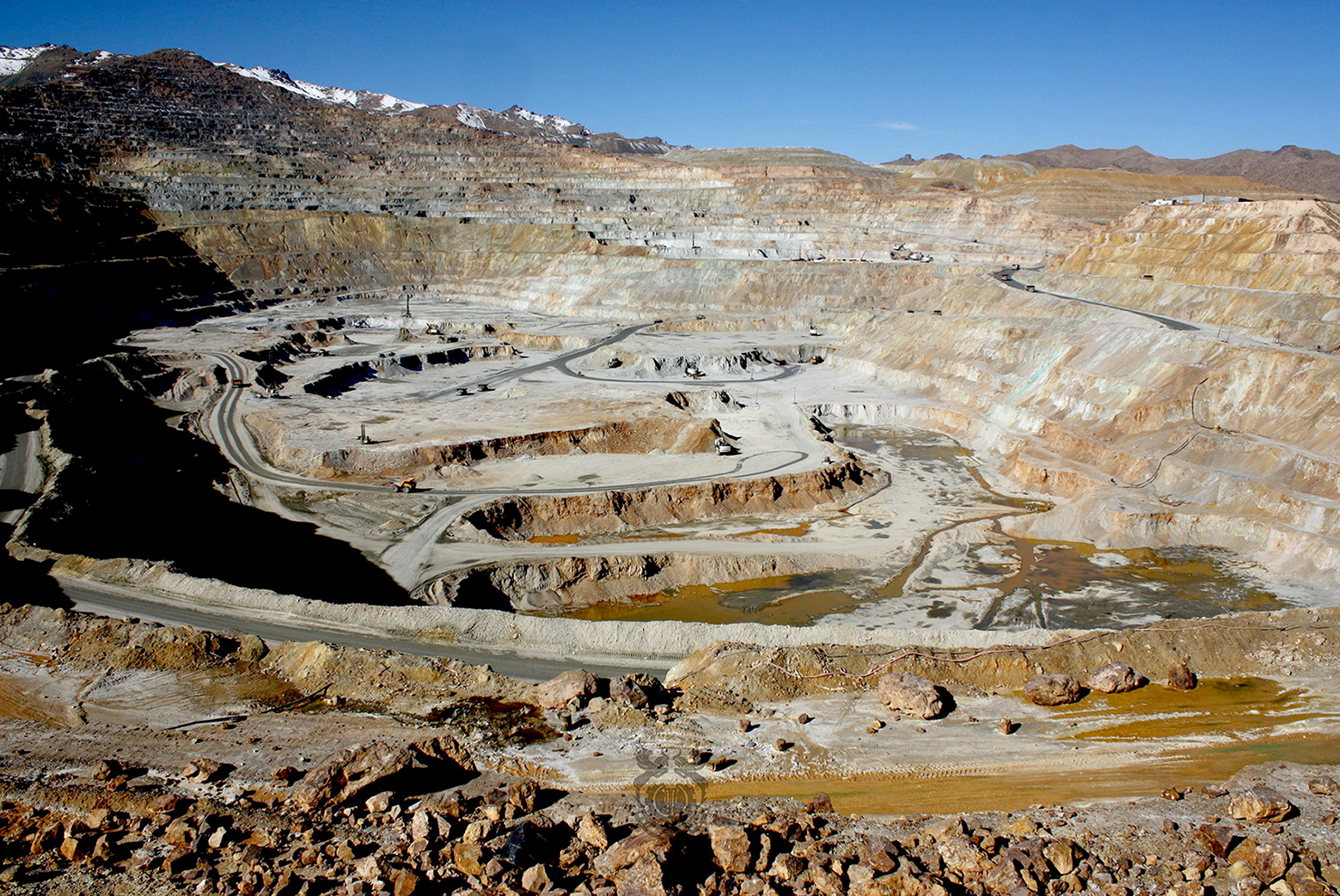Thirteen expansion projects of Kerman Province’s National Iranian Copper Industries Company were inaugurated late Thursday by President Hassan Rouhani and Minister of Industries, Mining and Trade Mohammad Shariatmadari.
The total value of the projects exceeded 35 trillion rials ($760.8 million), the Iranian Mines and Mining Industries Development and Renovation Organization announced.
NICICO is the leading copper producer in the Middle East and North Africa region, as the mines it operates hold close to 14% share of Asia’s copper deposits and about 3% of global reserves.
Iran holds about 4 billion tons of estimated copper reserves, according to Geological Survey of Iran.
The new production projects include a flash smelter with a capacity of 282,000 tons of copper anode per year alongside the purchase of casting wheels and anode furnaces with an investment of 2.4 trillion rials ($51.6 million) in addition to €182 million; Khatunabad Copper Smelter with an annual capacity of 200,000 tons of copper cathode and an investment of 640 billion rials ($13.7 million) in addition to €143 million; Sarcheshmeh copper plant’s new convertor furnaces’ gas discharge system with 1.54 trillion rials ($33 million) in addition to the investment of €19 million; Sarcheshmeh cathode washing system with 1 trillion rials ($21 million) of investment; Sarcheshmeh’s explosive material production plant with a capacity of 12,000 tons of gelatin dynamites per year with 120 billion rials ($2.5 million) of investment; and expansion of Sarcheshmeh’s sulfuric acid plant capacity to 300,000 tons per year with 580 billion rials of investment in addition to €3 million.
The new infrastructure projects comprised the second line of the 80-kilometer Sarcheshmeh-Shahr-e-Babak Road with an 800-billion-rial ($17 million) investment; the first and second phase of Sirjan’s 500-megawatt combined cycle power plant with an investment of 700 billion rials ($15 million) in addition to €285 million; Khatunabad’s new copper concentrate storage with a 60,000-ton capacity and a molybdenum dewatering, drying and drum-filling plant, with a combined investment of 790 billion rials ($17 million); increasing the capacity of quicklime storage by 1,250 tons with an investment of 110 billion rials ($2.3 million); Meymand-Shahr-e-Babak electricity substation with 50 billion rials ($1 million), in addition to an investment of €15 million; and nine electricity substations to feed flash smelters, acid sulfuric and molybdenum plants with 480 billion rials ($10 million) of investment, according to NIOC's website.
The company, however, stopped short of saying whether the projects' "inauguration" meant that they have become operational or simply that work has just begun on them.
> Giant Holding
NICICO operates the world’s second largest and the Middle East’s largest open-pit copper mine, Sarcheshmeh. The mine is home to over 826 million tons of proven and 1.2 billion tons of estimated copper reserves, alongside substantial amounts of minerals such as molybdenum, gold and rare metals.
NICICO's other mines include Sungun Copper Mine in northwestern Iran, Taft, Miduk, Chahmesi and Chahfiroozeh mines in central Iran, Daraloo Mine in the south and Chehelkoureh Mine in southeast.
Its plants in Kerman Province include Sarcheshmeh and Miduk concentration plants with 800,000 tons/year capacity, Sarcheshmeh Molybdenum plant with 7,000 tons/year, Sarcheshmeh and Miduk SX-EW plants with 13,000 tons/year capacity, Sarcheshmeh and Khatoon Abad smelter plants with 250,000 tons/year capacity, Sarcheshmeh Sulfuric Acid Plant with 100,000 tons/year capacity, Sarcheshmeh Refinery Plant with 240,000 tons/year capacity, Khatoon Abad Refinery Plant with 200,000 tons/year capacity and Sarcheshmeh wire rod, slab and billet casting plants with 180,000 tons/year capacity.
> Stability in Global Prices
Capacity expansions at NICICO have come at a good time, as global copper prices are holding their own in 2018.
After a series of plunges in late 2017, copper spent most of December growing rapidly to distance itself from its $6,500 lows and jump above $7,000 in January 2018. Prices have taken a beating since the year began, dropping from a high of $7,202 to just above $6,900, but February showings have been strong and it’s now again above $7,100, London Metal Exchange reported.
NICICO’s experience with the historic lows of 2015 has made it more resilient and also adaptive.
According to the head of IMIDRO, Mehdi Karbasian, NICICO has reduced its copper concentrate finished price from 35,510 rials (76 cents) per kilogram to 24,400 (52 cents) and cathode prices from 51,980 rials ($1.1) to 39,000 rials (83 cents) in the past four years.
The cost-cutting enabled the company to survive the low prices and now with the markets improving, it is poised to increase NICICO’s competitiveness.
NICICO’s shares are currently being traded at 2,633 rials each on Tehran Stock Exchange with a market capitalization of $3.47 billion.
The company is a semi-privatized entity, as a large number of state-owned firms or other semi-privatized companies own its shares. Its largest shareholder, for instance, is the vast mining governmental holding IMIDRO with a 12% share.
Bank Mellat, Metal and Mines Development Investment Company are the two other, each owning about 5.7%.


